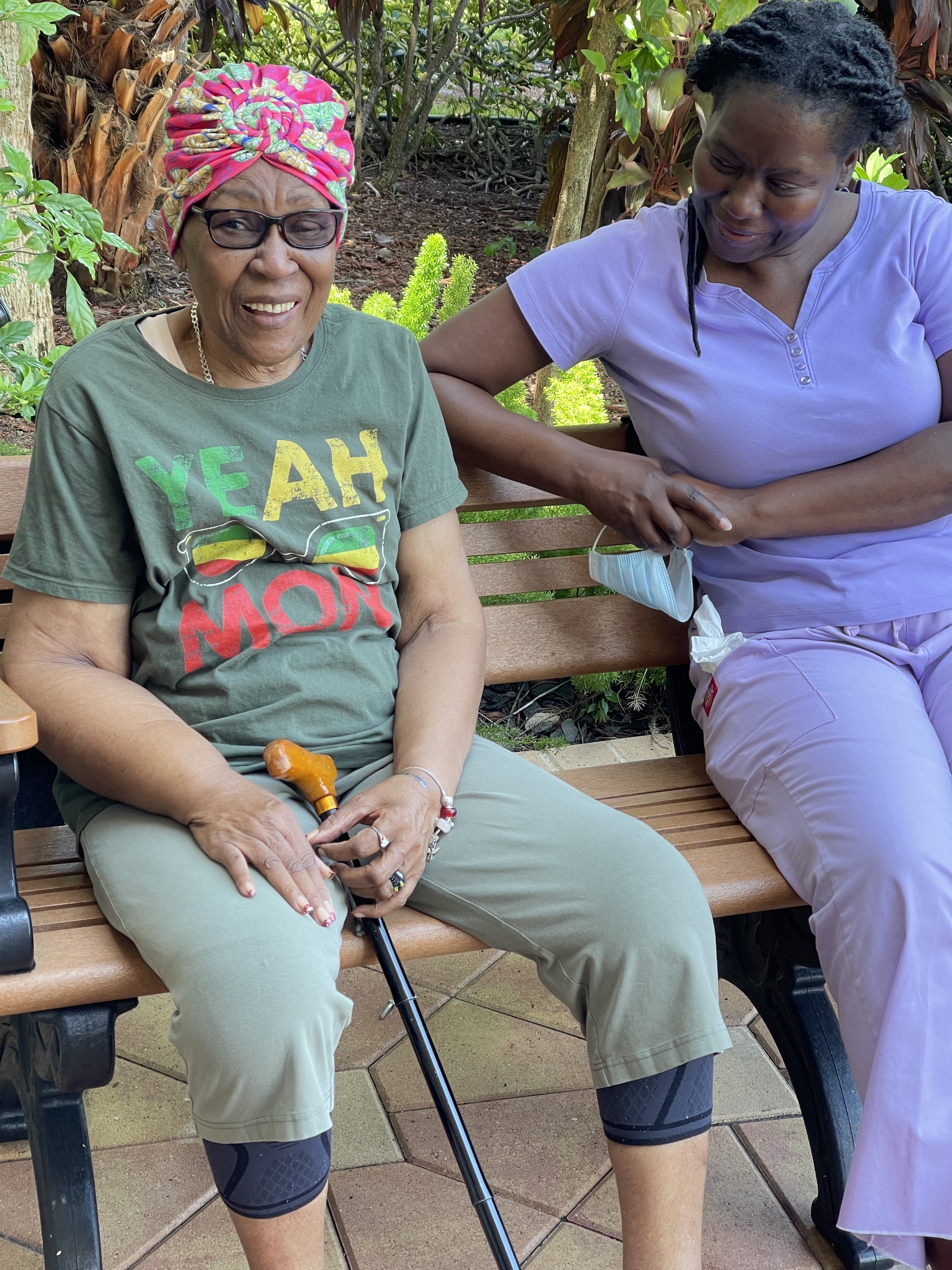Nurturing Relationships and Effective Communication
In this article of "My Dementia Experience," I will explore the importance of nurturing relationships while navigating the challenges of living with dementia. Relationships play a vital role in our lives, providing us with love, support, and a sense of belonging. However, when dementia enters the picture, maintaining these connections can become more challenging. I will discuss strategies for effective communication when interacting with someone with dementia.
Maintaining Relationships:
Being diagnose with dementia does not mean that the person wants to isolate themselves or give up on meaningful relationships. It is crucial to recognize that individuals with dementia are still capable of forming deep emotional connections. The key lies in finding ways to adapt and adjust your approach to communication.
Maintaining Relationships:
Being diagnose with dementia does not mean that the person wants to isolate themselves or give up on meaningful relationships. It is crucial to recognize that individuals with dementia are still capable of forming deep emotional connections. The key lies in finding ways to adapt and adjust your approach to communication.
Strategies for Effective Communication:
Communicating effectively with someone living with dementia requires patience, understanding, and empathy. Here are some strategies that can help maintain positive relationships:
1. Simplify Communication: Use simple language and clear instructions to convey your message. Break down complex ideas into smaller parts and avoid overwhelming the person with too much information at once.
2. Non-Verbal Cues: Pay close attention to non-verbal cues such as body language, facial expressions, and tone of voice. If possible, try to have more in-person conversations as opposed to telephone calls and text messaging. These non-verbal cues can provide valuable insights into the person's emotions or needs when verbal communication becomes challenging and if you are not able to visually see those cues, you will not be aware of the person’s sudden agitation with the conversation.
3. Active Listening: Be present during conversations by actively listening and giving your full attention to the person speaking. Responding empathetically and validating their feelings can help create an atmosphere of trust and understanding.
4. Patience: Allow extra time for responses or processing information when engaging in conversation with someone living with dementia. Avoid interrupting or finishing their sentences; instead, give them space to express themselves at their own pace. By interrupting or talking over them could cause them to shut down and stop communicating with you.
5.Supportive Environment: Create an environment conducive to effective communication by reducing distractions such as loud noises or cluttered spaces that may cause confusion or agitation.
1. Simplify Communication: Use simple language and clear instructions to convey your message. Break down complex ideas into smaller parts and avoid overwhelming the person with too much information at once.
2. Non-Verbal Cues: Pay close attention to non-verbal cues such as body language, facial expressions, and tone of voice. If possible, try to have more in-person conversations as opposed to telephone calls and text messaging. These non-verbal cues can provide valuable insights into the person's emotions or needs when verbal communication becomes challenging and if you are not able to visually see those cues, you will not be aware of the person’s sudden agitation with the conversation.
3. Active Listening: Be present during conversations by actively listening and giving your full attention to the person speaking. Responding empathetically and validating their feelings can help create an atmosphere of trust and understanding.
4. Patience: Allow extra time for responses or processing information when engaging in conversation with someone living with dementia. Avoid interrupting or finishing their sentences; instead, give them space to express themselves at their own pace. By interrupting or talking over them could cause them to shut down and stop communicating with you.
5.Supportive Environment: Create an environment conducive to effective communication by reducing distractions such as loud noises or cluttered spaces that may cause confusion or agitation.

Conclusion
In this article of "My Dementia Experience," I discussed strategies for effective communication for communicating with someone living with dementia. We learned that adapting our approach to communication is essential in maintaining positive connections with loved ones living with dementia. By simplifying communication, paying attention to non-verbal cues, actively listening, being patient, and creating supportive environments, we can continue to nurture meaningful relationships throughout our journey with dementia. Remembering these strategies will empower both individuals living with dementia and their loved ones to navigate their shared experiences together while finding joy in the bonds they create along the way
